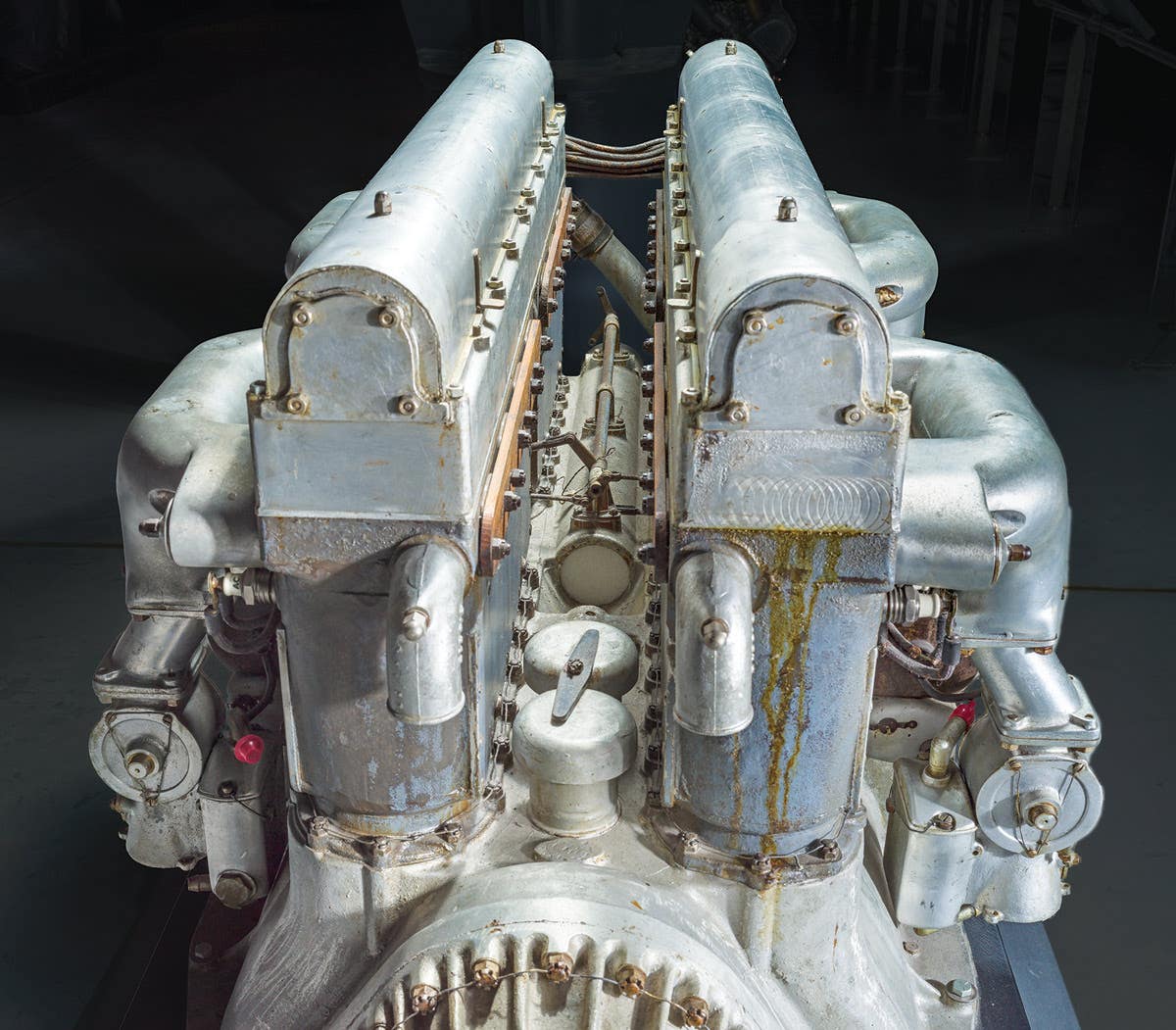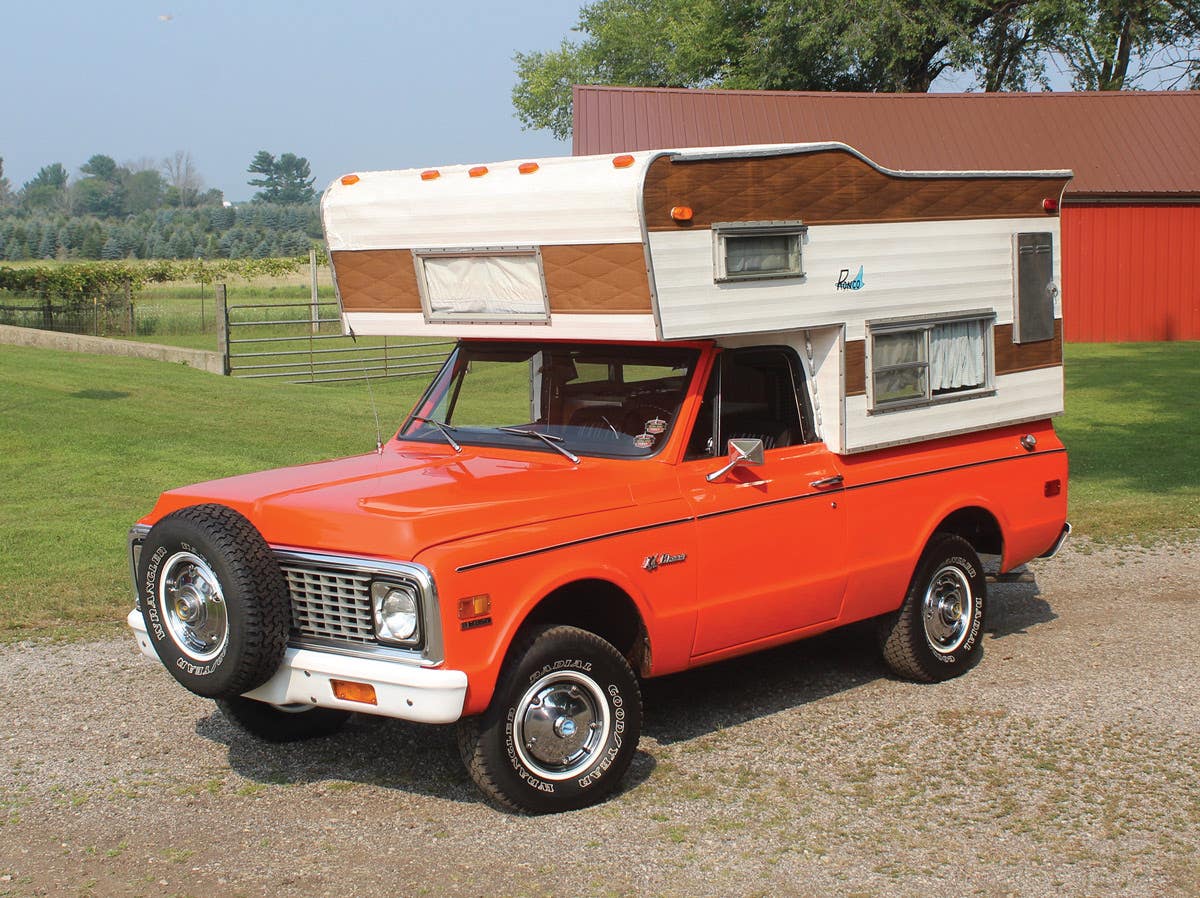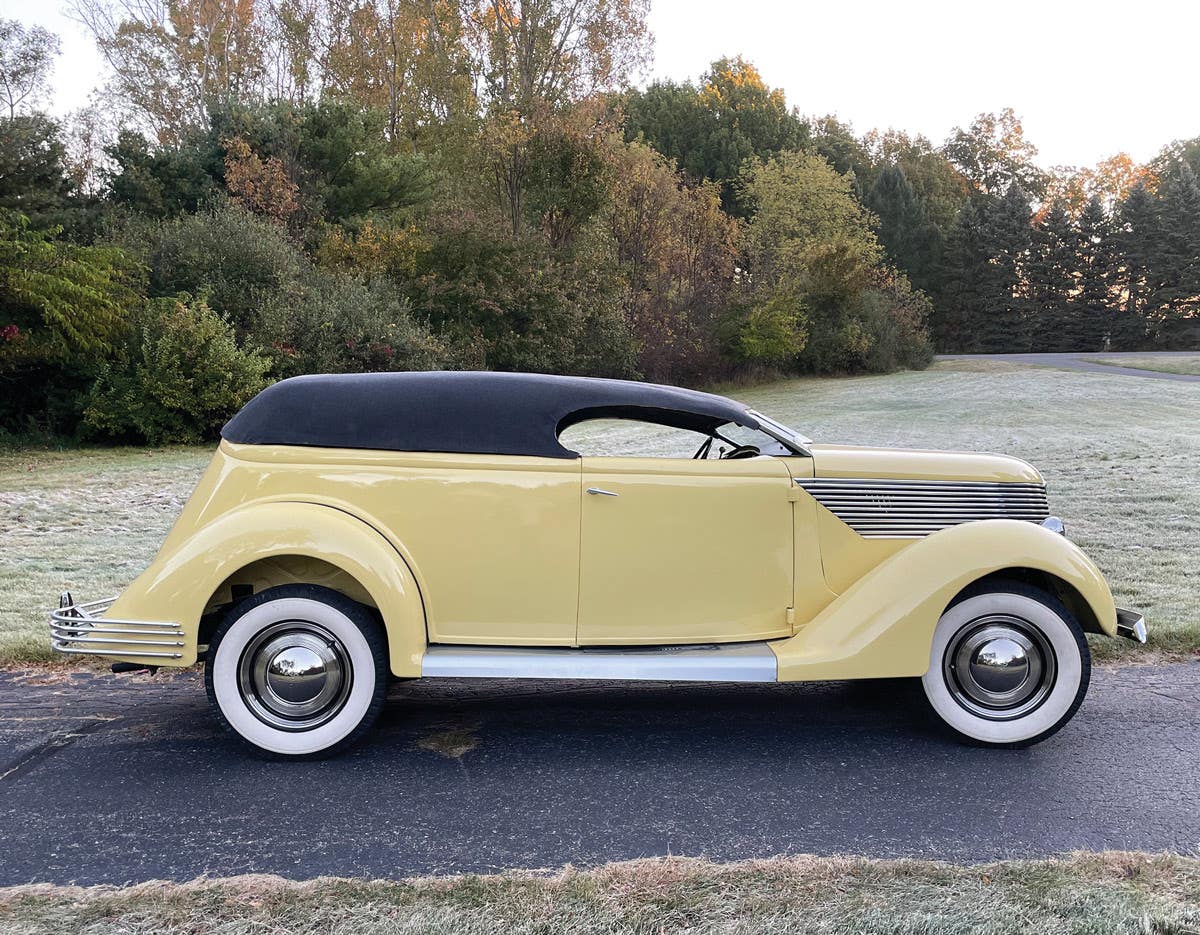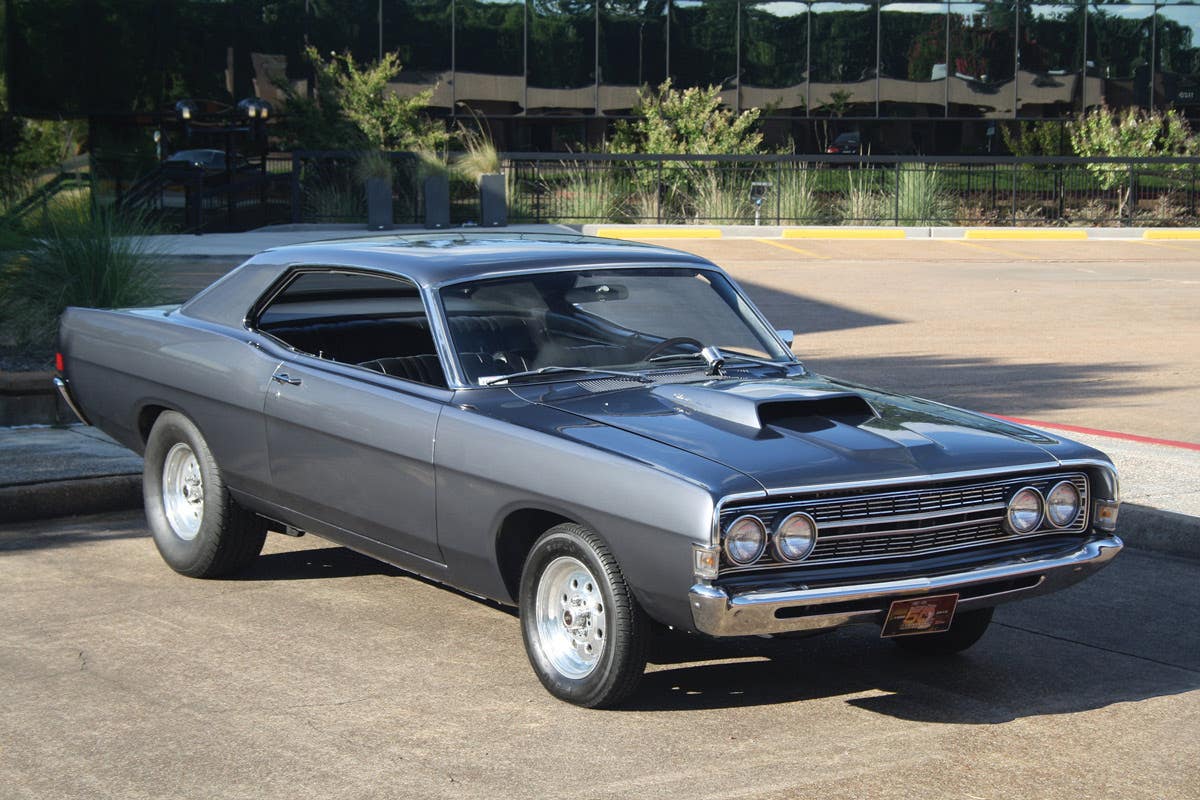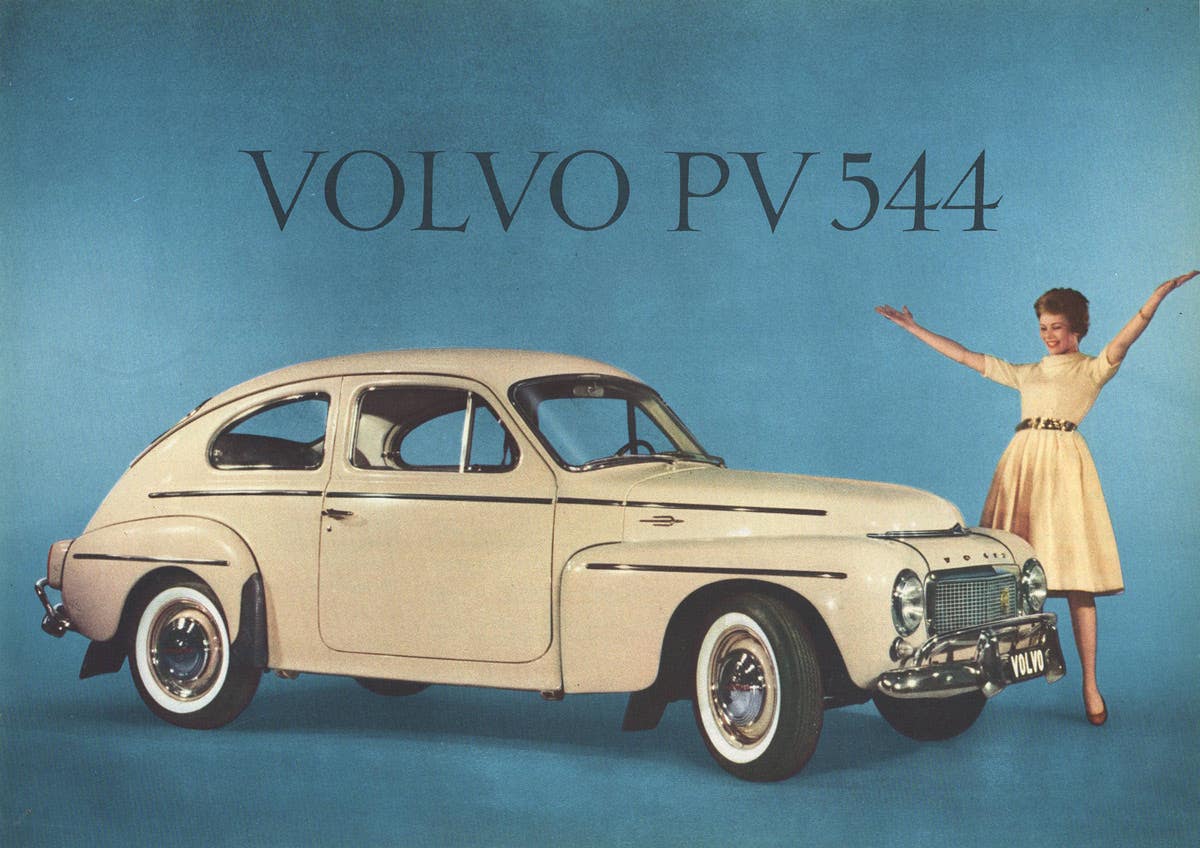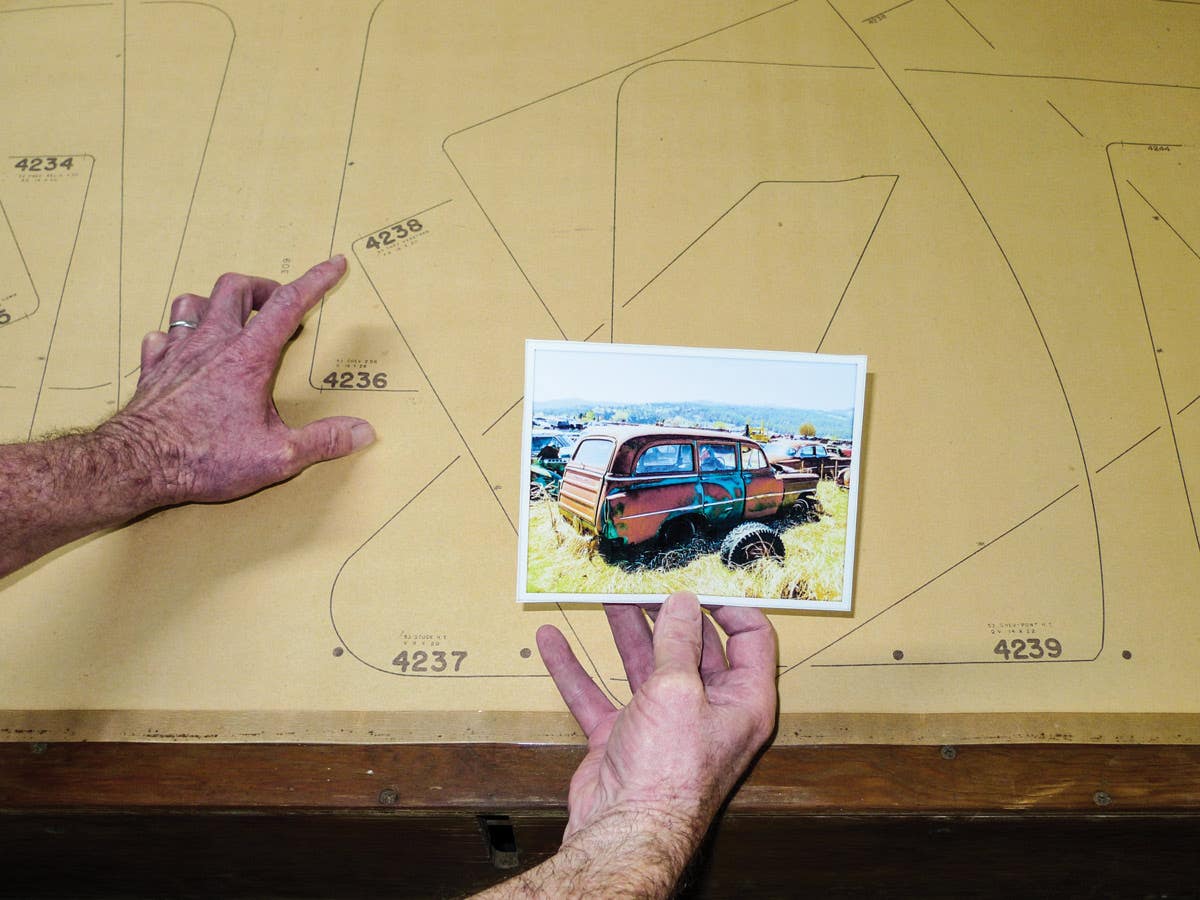Q&A with Kit Foster: July 5, 2012
Q. This picture is of a tail light I was given as a present several years ago. Do you know whether it is original equipment or an aftermarket tail/stop/license plate…
Q. This picture is of a tail light I was given as a present several years ago. Do you know whether it is original equipment or an aftermarket tail/stop/license plate light? Also do you know what year it might have been manufactured? The tail light is red, the SLO light lens is blue with black or gray blackout paint and the license light is clear. The lenses are all glass.
Lynn Mosher, via e-mail.
A. I suspect it’s an aftermarket item from the 1920s. Stop or “slow” lights did not become standard equipment until fairly late in the decade.
My 1925 Hudson has an original round tail light with red glass lens (pictured at right), and a clearly aftermarket stop light mounted above it with STOP imprinted in a blue glass lens. At the top of the accessory lamp are small reflector jewels in red, green and blue. Period factory photos of Hudsons in that era do not show any stop lights. I don’t know whether blue was an official or unofficial standard stop lamp color back then.
The 1925 license plate on my car, by the way, is enabled by Connecticut’s Year of Manufacture program, one of several in various states that allow old cars to be operated with period-correct markers.
-------------------------------------------------------------
Q. Regarding the controversy about pulling wheels, years ago an old-time shade tree mechanic told me how to do it when one of those fancy wheel pullers in not available. Obtain a log chain with links large enough to fit over the lug bolts. Fit three links over lug bolts and replace the nuts, then back off approximately 10 feet and take slack out of the chain. Then whip chain like you would a rope. You don’t have to pull hard, the wheel will pop off.
John J. Brown, Warsaw, Mo.
A. That’s one I haven’t heard before. If the drum pops off easily, you’ll certainly avoid the potential damage described below.
-------------------------------------------------------------
Q. Your answer to Jim Murray about pulling brake drums (Q&A June 7) alerted me to something you can use in the future. I was a Packard mechanic in the 1950s, and in their service manuals they always warned against striking the hub after tightening the puller because serious damage can be done to the differential. The way we did the stubborn hubs was to use the puller you described and hammer the screw as tight as we could and then heat the hub with a torch. A propane torch would do the job just fine. After it is heated it comes off with no effort.
Bob Williams, Carmichael, Calif.
A. I did recommend a hand sledge, not a full-fledged sledge hammer, but you’re right that on some cars this could cause damage. Using MAPP gas in your propane torch will give a little extra heat to make the job easier. There’s another trick, however, that uses no heat. Read on.
-------------------------------------------------------------
Q. Anent all the recent discussions about drum pullers, I guess it’s time to toss this one in. It will horrify some folks, of course, probably including the FW Media lawyers. The ace mechanic at the D-X station down the block from where I grew up never used a drum puller. His technique was to loosen the hub bolt a few threads, nowhere near the end, of course, and drive slowly around the block. He told me it seldom took more than one circuit to break the drum loose.
George Hamlin, Clarksville, Md.
A. I have heard about this method, but have never tried it. You should be sure to loosen the nut just a few turns, and put the cotter pin back in before you drive. When going around the block, keeping the drum to be loosened on the inside of the turns should help. As Mr. Hamlin says, you don’t need to go fast.
-------------------------------------------------------------
Q. About a year ago, I purchased a bottle of store-brand synthetic oil from a major discount chain. I attempted to use it recently, but I found a thick gray substance in the bottom. What gives? Has anyone else found this problem with synthetic oil? I have not found it with Mobil 1. Should I be concerned about it?
George Bennett, Sumrall, Miss.
A. I would certainly be concerned if I found a thick gray substance in motor oil of any kind, but particularly in synthetic oil. I would not use it in my engine, and would be inclined to return it to the store where purchased, regardless of its age.
To submit questions to this column: E-mail angelo.vanbogart@fwmedia.com or mail to: Q&A, c/o Angelo Van Bogart, 700 E. State St., Iola, WI 54990-0001.
Got Old Cars?
If you don't subscribe to Old Cars Weekly magazine, you're missing out on the only weekly magazine in the car hobby. And we'll deliver 54 issues a year right to your mailbox every week for less than the price of a oil change! Click here to see what you're missing with Old Cars Weekly!
More Resources for Car Collectors:
- Classic car price guides, research, books, back issues of Old Cars Weekly & more
- Get expert restoration advice for your classic car
- Get car pricing, data and history all in one place
- Sign up for Old Cars Weekly's FREE email newsletter
- Need to buy or sell your classic car? Looking for parts or memorabilia? Search our huge online classified marketplace



